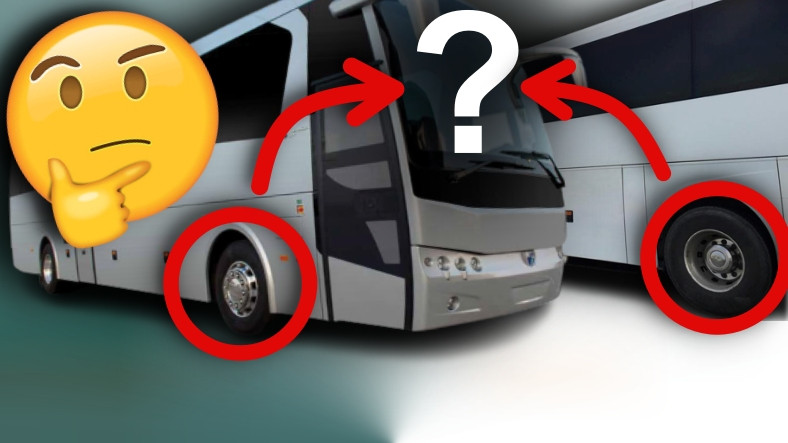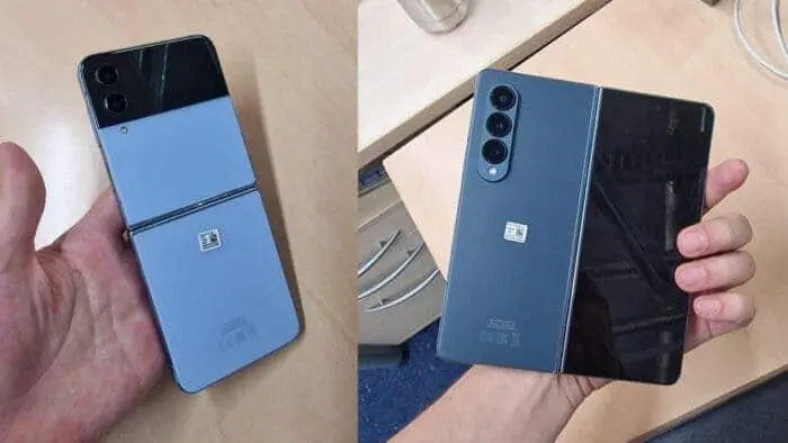We see a lot of buses and trucks, especially during intercity journeys. These gigantic vehicles, each carrying cargo or passengers, are also modified from time to time, and we can’t take our eyes off their sparkling appearance whether we like it or not. Now, for you, on buses and trucks (or TIR) we all see but never think why Let’s talk about a difference.
Have you ever paid attention? Trucks and Buses The front wheels are bent outwards and the rear wheels are bent inwards.. OK why? Let’s all highlight this interesting difference that many of us have not thought of until now.
First of all, let’s remember what buses and trucks look like.
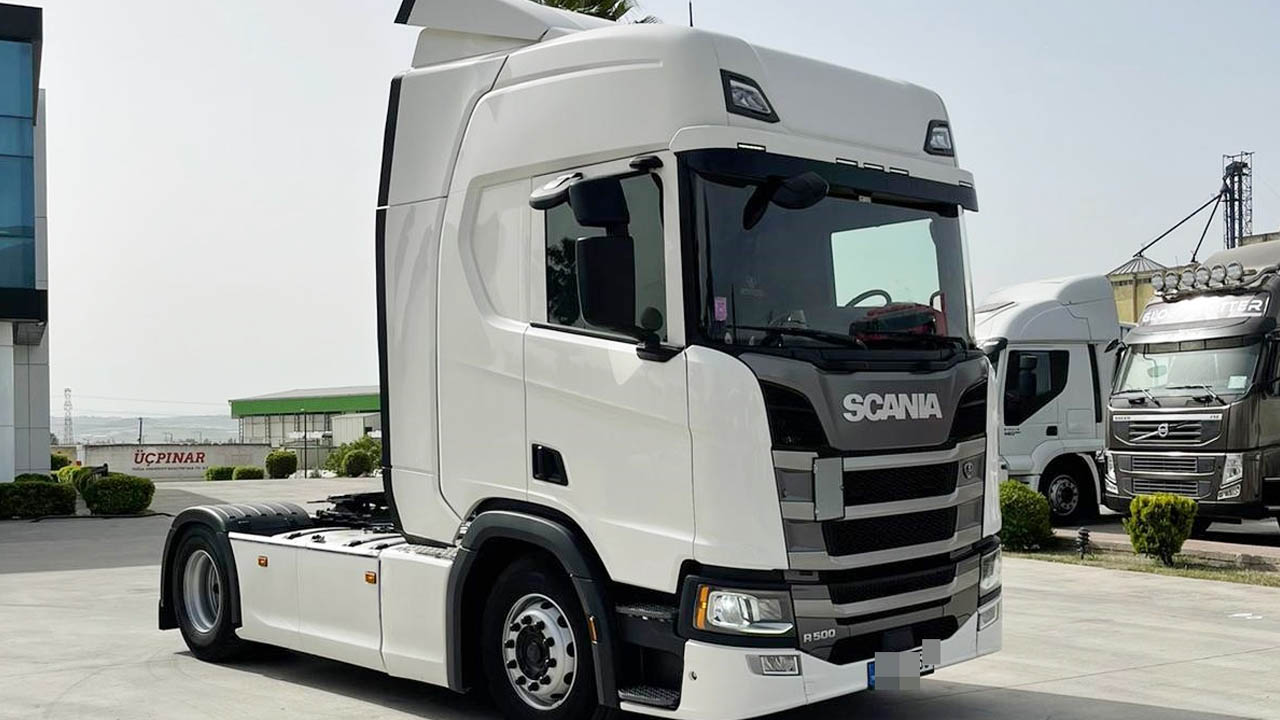
Above you see a truck without a trailer behind it. If you look closely; your front wheels convexlike the rear wheels concave you see that it is. Now let’s see what a bus looks like:
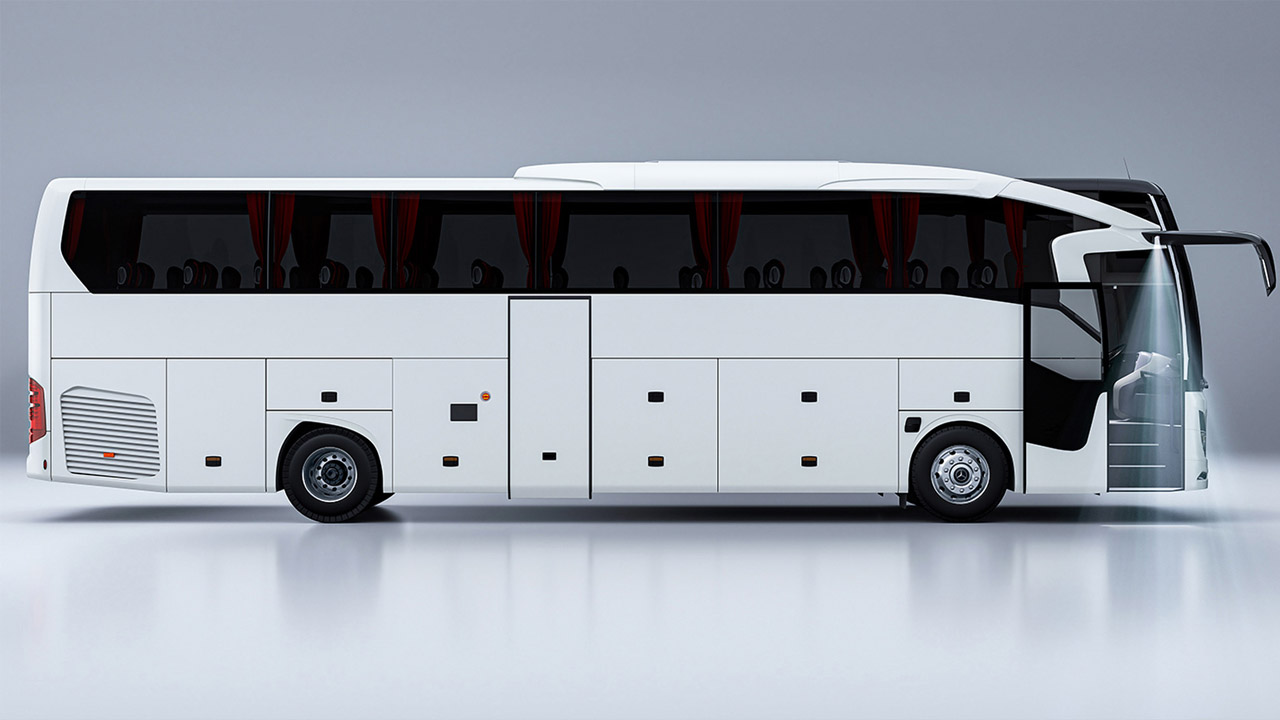
You can see the bus in the photo above. Although the brand and production purpose have changed The front and rear wheels are the same. Let’s look at trucks.
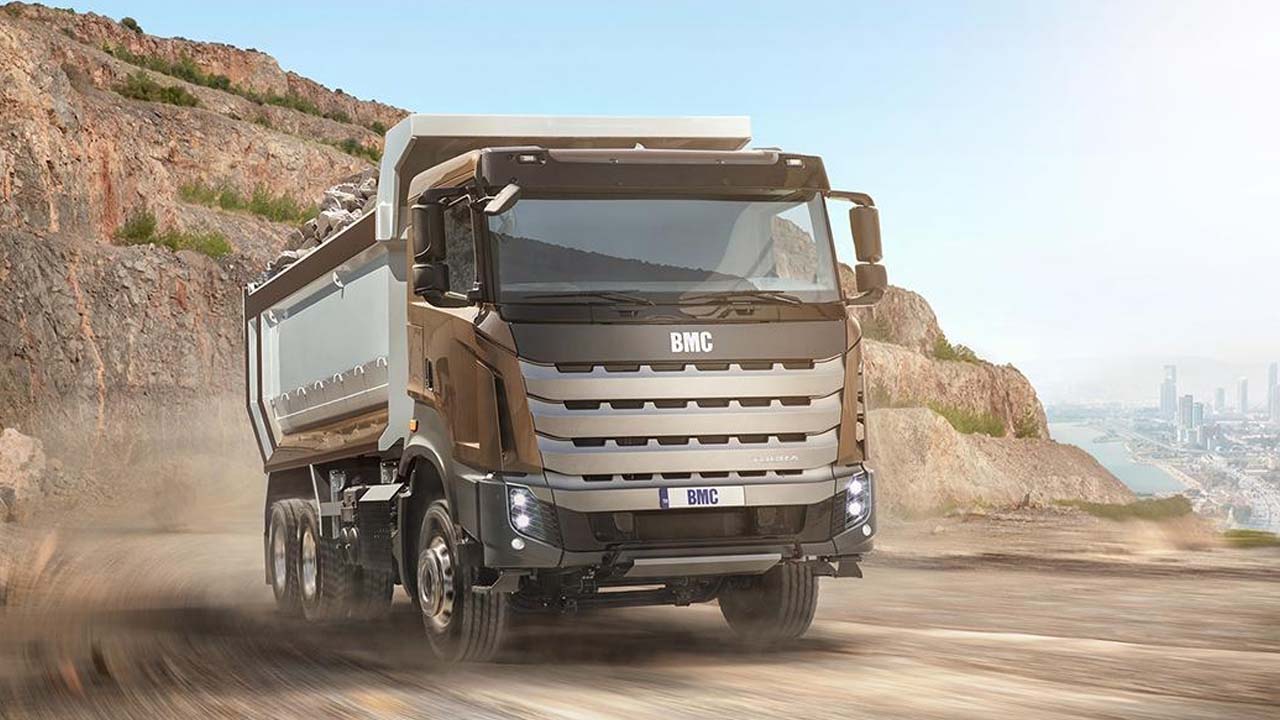
As you can see; Although the vehicle type changes, the design it never changes. So why?
Why are the wheels of trucks and buses not like cars?
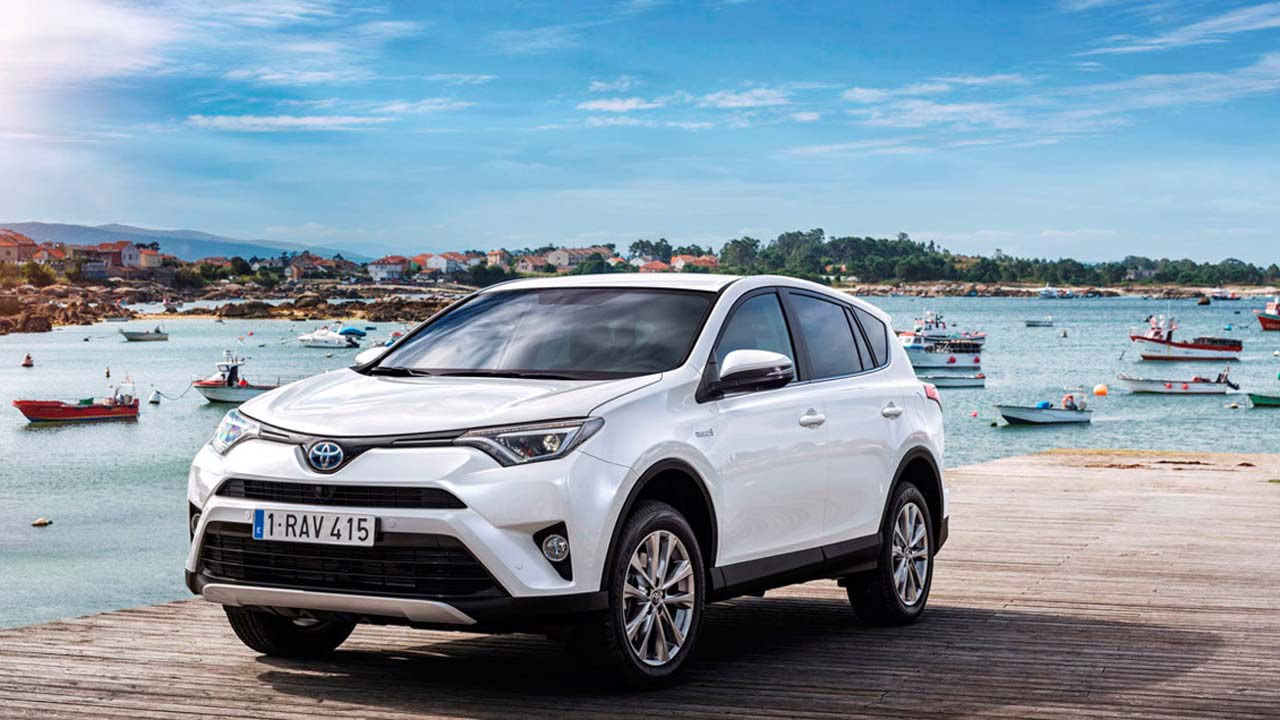
Passenger cars, which we as individual consumers prefer, are also available on all four wheels. same way they have rims. You can see a clear example of this in the photo above. However, the situation is different for freight-oriented vehicles such as buses, trucks and lorries.
The front wheel of a car, truck, lorry or bus has the same structure. The rims keep the tire inside. The wheels connected to the axle give direction to the vehicle with the rotation of the steering wheel. All technical calculations made so far, for vehicles ideal revealed that the rim-axle connection point should be convex. So what happens in the back that we see concave rims on load-bearing vehicles?
The answer is hidden in the double wheel design at the rear…
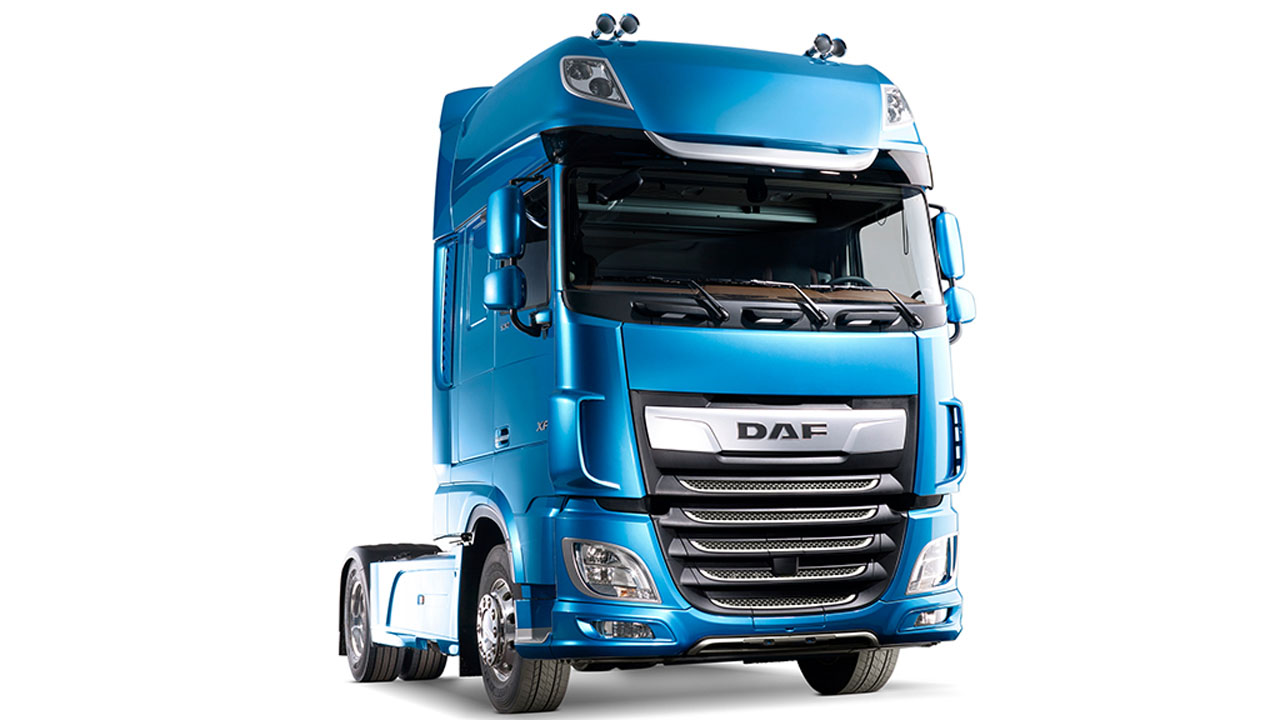
As you can see in the photo above; almost all vehicles such as trucks, vans, trucks and buses, It has two rear wheels. This is due to the carrying capacity. Remember: The more axles and wheels a tractor has, the greater the load capacity of that tractor. it increases so much. This is precisely why trucks with very large and heavy loads are equipped with many wheels.
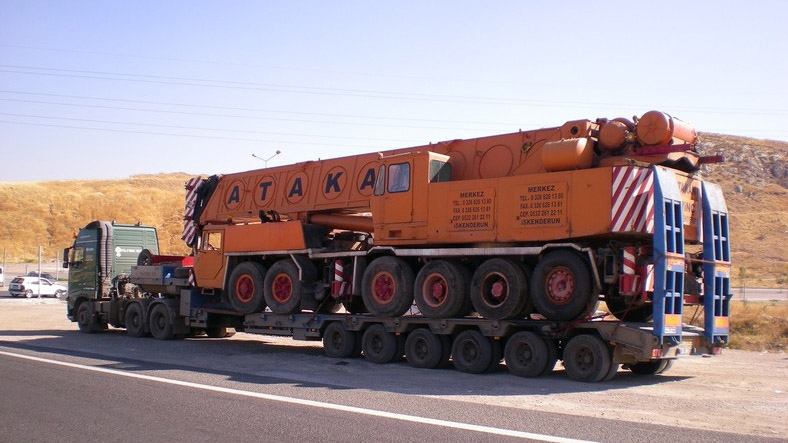
By the way, the answer to the question we’re looking for is right here. So much so that the double wheels used in trucks, lorries or buses have to keep together. This is exactly the reason for the design difference. Double wheels used in large vehicles are connected to a single body. For this reason, a concave edge design that sticks together is preferred.
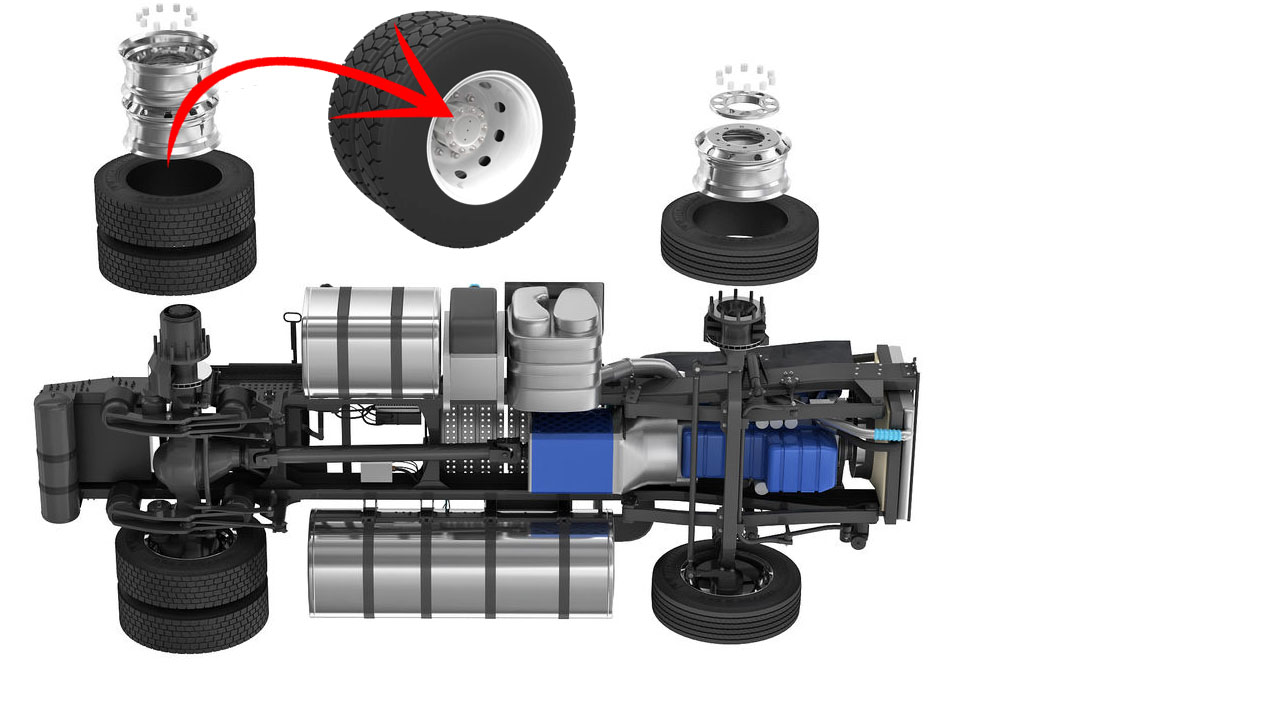
The technical drawing above actually answers the whole question. As you can see; linked together so that the double rear wheels can be attached to the body concave rims needs to be used. Thanks to the double rim system, a single rim is attached to the body of the vehicle, but thanks to the design, the pressure associated with the load is evenly distributed between the two wheels.
So let’s summarize;
The front wheels of vehicles such as trucks, buses and lorries have the same mechanism as passenger cars that we often encounter. However, the rear wheel has specially designed rims so that it can be fitted with twin tires instead of one and increase the payload. So the main difference between the front wheels and the rear wheels is, because of the different design needs required for the number of tires. It can be said that it has its origin.







